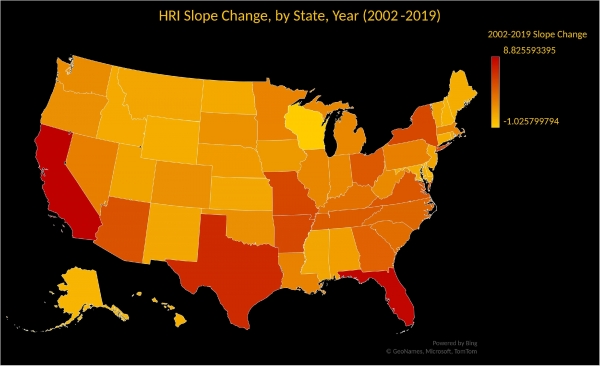Analysis of geographic and demographic patterns reported in The Journal of Climate Change and Health uncovered 18-year increase in heat related illness and suggests that targeted interventions can ease the health consequences of extreme weather.
Researchers report a statistically significant and clinically important increase in heat related illnesses among patients at US Department of Veteran Affairs (VA) health facilities across the United States between 2002 and 2019. The study(opens in new tab/window), which appears in The Journal of Climate Change and Health(opens in new tab/window), published by Elsevier, documents far-reaching negative consequences of extreme-weather.
Lead investigator Thomas F. Osborne, MD, VA Palo Alto Healthcare System and Stanford University School of Medicine, commented, “Our goal is to provide the best care for our patients, and understanding health risk is critical to our mission. Our team has incredible analytics staff, which, combined with expertise from partners at the CDC, has empowered us to uncover important insights. The data are a call to action as they expose a steady increase in the incidence of severe heat related illnesses in our US Veteran patient population. Although no one is immune from this danger, those who are traditionally the most vulnerable face the greatest risk of heat related illnesses.”
Read more at Elsevier
Image: Heat map of all 50 US states and District of Columbia. Color corresponds with slope change of heat related illness (HRI) diagnoses over our assessment period (red=larger positive slope, followed by orange, and the least slope change in yellow) (Credit: The Journal of Climate Change and Health).


